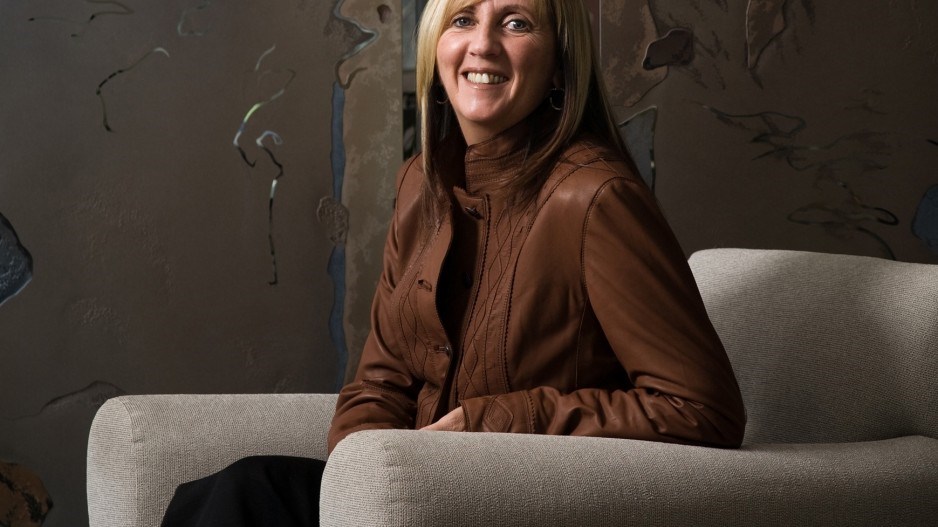Business in Vancouver's "How I Did It" feature asks business leaders to explain in their own words how they achieved a business goal in the face of significant entrepreneurial challenges. This week: Karyo Communications founder Patti Schom-Moffatt on how she started and built one of Vancouver's most successful public relations and communications companies.
Vancouver's biggest PR firm started as a one-person, home-based social policy consulting service
"I graduated in 1979 with a master's degree in social policy and started a business with a woman that I went to school with in Ottawa. In 1983, I came to Vancouver and started another business here called Karyo Communications.
"My idea was that I'd get a job, but there was a recession; there were no jobs. So until a job came along, I decided my fallback was going to be consulting. Past school, I've never had a job where I worked for somebody else. I think know myself quite well, and I know I'd make a terrible employee. I don't like to be told what to do. I like to have control and my boredom threshold is very low, so I like to change frequently.
"At the beginning of the '90s, I said 'I think the '90s are going to be the decade of public consultation.' People's opinions started to matter. I said, 'We should be doing consultation.' The next day, literally, the phone rang and somebody said, 'Do you do consultation?'
"In 1991, I was still doing research and I hadn't gotten completely into PR, and I got two really large pieces of work. A big piece of the work [for a child-care organization] that hadn't been asked for was a popular dissemination piece. I had done all this work – it was a 125-page report, the methodology was 25 pages long – and I knew that nobody was going to read it. So I did an executive summary in newspaper format, and I had more fun popularizing it than I did doing the research. Now it was like, let's leave the research behind. Let's focus on taking other people's research and become storytellers. We stopped doing research and all of the work really became storytelling."
"In 1995, I took in a new partner: Paul Welsh. I've made four really good decisions in my life, and he's certainly one of those four. Then, in 2007, we made probably the best decision: to take the offer that Edelman made to purchase us. The B.C. government was going to have a presence in Torino for the Olympics, and we submitted an RFP, but to win an RFP we knew we had to be connected to a global firm that had some capacity in Italy. We cold-called Edelman in Toronto. Paul made the call and said 'Do you have any interest in going in on this together?' and they said 'Sure.' Then, in 2006 they approached us, and we sold a majority interest in our company to them in 2007.
"At that point, we were 27 people. We thought we were at the limit at what we could do without having something bigger behind us. We currently have 42 people. My goal in starting the company wasn't to have a 42-person company and be really successful. My goal was to find a way to earn a living where I didn't have to work for somebody else, I could do new and interesting things every day and that I didn't have to take crap, and it's still my goal." •




